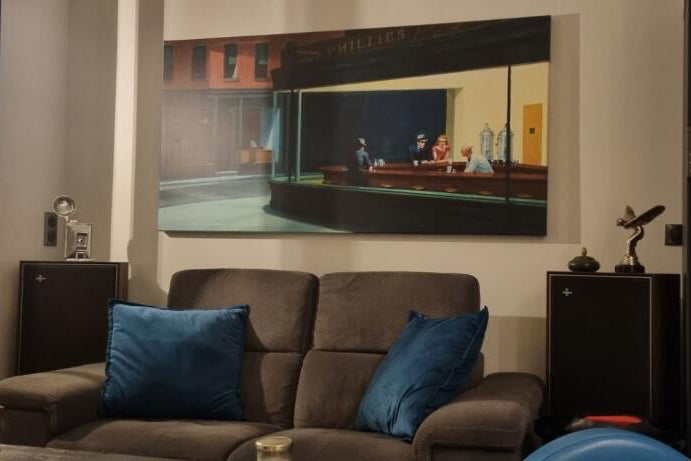Art print | August Müllner von Marnau Jr., nephew of Rudolf von Arthaber - Franz Eybl


View from behind

Frame (optional)
In the vast panorama of art history, certain works stand out for their ability to capture the essence of an era, evoke deep emotions, and tell timeless stories. The art print of August Müllner von Marnau d. J., nephew of Rudolf von Arthaber - Franz Eybl is one of these creations that, through its striking realism and technical finesse, transports us to the heart of 19th-century Austria. This emblematic piece, while paying homage to the academic tradition, also opens a window onto the artistic aspirations of its time, skillfully blending portraiture and symbolism.
Style and uniqueness of the piece
The work is distinguished by its academic style, characterized by meticulous attention to detail and a subtly nuanced color palette. Franz Eybl, as a master of portraiture, manages to breathe palpable life into his subjects, capturing not only their physical appearance but also their inner essence. In this depiction of Müllner, the intense gaze and the thoughtful expression of the model reveal rare psychological depth. The composition, carefully orchestrated, highlights the distinctive features of the character while creating an intimate atmosphere. Eybl uses light in a masterful way, playing with shadows and reflections to emphasize the contours of the face and clothing, thus giving the whole an almost sculptural dimension. This attention to detail and realistic approach make this work a perfect example of the artistic movement of realism, where authenticity and truth are at the heart of the artistic process.
The artist and his influence
Franz Eybl, a prominent figure in 19th-century Austrian art, established himself as a renowned portraitist. His career, marked by thorough training and diverse influences, demonstrates his desire to explore the limits of figurative art. Eybl was heavily influenced by the great masters of painting, but he also developed a personal style, combining tradition and innovation. His ability to capture the psychology of his subjects earned him recognition both in Austria and abroad. Indeed, his works do not merely...

Matte finish

View from behind

Frame (optional)
In the vast panorama of art history, certain works stand out for their ability to capture the essence of an era, evoke deep emotions, and tell timeless stories. The art print of August Müllner von Marnau d. J., nephew of Rudolf von Arthaber - Franz Eybl is one of these creations that, through its striking realism and technical finesse, transports us to the heart of 19th-century Austria. This emblematic piece, while paying homage to the academic tradition, also opens a window onto the artistic aspirations of its time, skillfully blending portraiture and symbolism.
Style and uniqueness of the piece
The work is distinguished by its academic style, characterized by meticulous attention to detail and a subtly nuanced color palette. Franz Eybl, as a master of portraiture, manages to breathe palpable life into his subjects, capturing not only their physical appearance but also their inner essence. In this depiction of Müllner, the intense gaze and the thoughtful expression of the model reveal rare psychological depth. The composition, carefully orchestrated, highlights the distinctive features of the character while creating an intimate atmosphere. Eybl uses light in a masterful way, playing with shadows and reflections to emphasize the contours of the face and clothing, thus giving the whole an almost sculptural dimension. This attention to detail and realistic approach make this work a perfect example of the artistic movement of realism, where authenticity and truth are at the heart of the artistic process.
The artist and his influence
Franz Eybl, a prominent figure in 19th-century Austrian art, established himself as a renowned portraitist. His career, marked by thorough training and diverse influences, demonstrates his desire to explore the limits of figurative art. Eybl was heavily influenced by the great masters of painting, but he also developed a personal style, combining tradition and innovation. His ability to capture the psychology of his subjects earned him recognition both in Austria and abroad. Indeed, his works do not merely...










